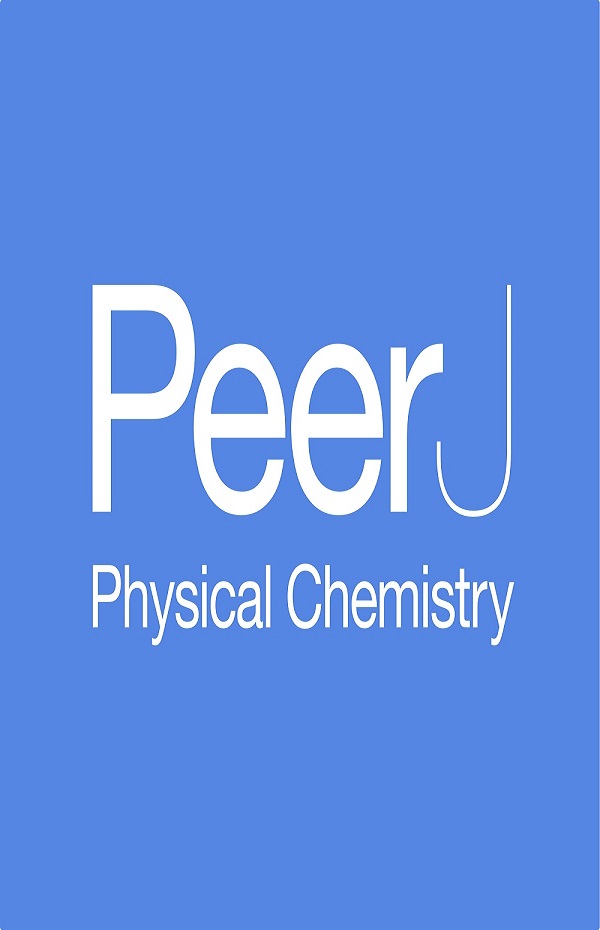The effect of electrical muscle stimulation on intentional binding and explicit sense of agency
IF 2.3
3区 生物学
Q2 MULTIDISCIPLINARY SCIENCES
引用次数: 0
Abstract
The motivating question for this study is determining whether electrical muscle stimulation (EMS)-induced movements can extend the user’s ability without reducing the sense of agency. Moreover, it is crucial to find the timing of the EMS application that is robust against individual differences and environmental changes. Previous studies have reported that the user-specific EMS-application timings, determined through explicit measures of sense of agency, would effectively shorten their reaction time in a push task while maintaining their sense of agency. However, no study has investigated EMS-application timings in relation to implicit measures of sense of agency. Intentional binding, an example of an implicit measure, refers to the phenomenon whereby the interval between an intentional action and the subsequent perceptual outcome is typically perceived to be shorter than the actual interval. By measuring this perceptual shift using a Libet clock, we have identified an EMS-application timing that accelerates the users’ push action while maintaining their sense of agency. First, to conduct the EMS-application experiment while appropriately maintaining the intentional binding effect, we designed a new push task such that a pre-action, as the base timing of the EMS-application trigger, always occurs just before the push movement. (1) We showed the difference between the action-binding effect of EMS-induced involuntary movements and voluntary push movements. Subsequently, (2) we identified the EMS application timing that significantly shifted judgments of action tasks while accelerating voluntary movements. Additionally, (3) we demonstrated that the EMS application could accelerate user pushing movement while maintaining the sense of agency at this specific application time. The proposed EMS in the novel pushing setup was found to be robustly effective against individual and environmental changes.肌肉电刺激对有意约束力和明确代入感的影响
本研究的动机问题是确定肌肉电刺激(EMS)诱导的运动是否能在不降低代入感的情况下延长使用者的能力。此外,至关重要的是要找到与个体差异和环境变化相适应的 EMS 应用时机。以往的研究表明,通过明确的代入感测量来确定用户特定的 EMS 应用时机,可以有效缩短他们在推举任务中的反应时间,同时保持他们的代入感。然而,还没有研究调查过 EMS 应用时间与内隐代理感测量的关系。有意约束是内隐测量的一个例子,指的是有意行为与随后的感知结果之间的间隔通常被认为比实际间隔短的现象。通过使用利贝特时钟测量这种感知上的转变,我们确定了一种 EMS 应用时机,既能加快用户的推动行动,又能保持他们的代入感。首先,为了在进行 EMS 应用实验的同时适当地保持意向绑定效应,我们设计了一个新的推送任务,使得作为 EMS 应用触发基本时机的预动作总是发生在推送动作之前。(1)我们证明了 EMS 诱导的非自主运动与自主推动运动的动作束缚效应之间的差异。随后,(2) 我们确定了在加速自主运动的同时显著改变动作任务判断的 EMS 应用时机。此外,(3) 我们证明了在特定的应用时间内,EMS 应用可以加速用户的推举动作,同时保持代入感。我们发现,在新颖的推举设置中,所建议的 EMS 对个人和环境变化都非常有效。
本文章由计算机程序翻译,如有差异,请以英文原文为准。
求助全文
约1分钟内获得全文
求助全文
来源期刊

PeerJ
MULTIDISCIPLINARY SCIENCES-
CiteScore
4.70
自引率
3.70%
发文量
1665
审稿时长
10 weeks
期刊介绍:
PeerJ is an open access peer-reviewed scientific journal covering research in the biological and medical sciences. At PeerJ, authors take out a lifetime publication plan (for as little as $99) which allows them to publish articles in the journal for free, forever. PeerJ has 5 Nobel Prize Winners on the Board; they have won several industry and media awards; and they are widely recognized as being one of the most interesting recent developments in academic publishing.
 求助内容:
求助内容: 应助结果提醒方式:
应助结果提醒方式:


